myHIN Blog
Category: Students Articles

June 08, 2022
Text Mining Mental Health Reports for Issues Impacting Today’s College Students: Qualitative Study
published in Journal of Medical Internet Research – Mental Health (JMIR Mental Health) by Fay Cobb Payton, Lynette Kvasny Yarger, Anthony Thomas Pinter (download); Picked up by Inside Higher Education
#NLP #TextMining #MentalHealth #CollegeStudents
Background:
A growing number of college students are experiencing personal circumstances or encountering situations that feel overwhelming and negatively affect their academic studies and other aspects of life on campus. To meet this growing demand for counseling services, US colleges and universities are offering a growing variety of mental health services that provide support and services to students in distress.
Conclusions:
Higher education institutions are actively engaged in extending mental health services and offering targeted outreach to students of color. Cluster analysis identified that institutions are devoting more and innovative resources in response to the growing number students who experience mental health concerns. However, there is a need to focus on proactive approaches to mitigate the causes of mental health and the aftermath of a negative experience, particularly violence and sexual assault. Such strategies can potentially influence how students navigate their health information seeking and how information and communication technologies, including mobile apps, can partially address the needs of college students.
Share

May 04, 2016
Our Family Jewels
Our Family Jewels is the radio show DJ’d by my brother, Jules, and his co-host Steve, at Middlebury College in Vermont. The show is takes place each Sunday at 7pm, during what is referred to as “Hump Hour” at Middlebury. Jules and Steve have organized a show that plays songs related to sex or the sex lives of them and their friends, in one way or another. While playing a diverse range of genres they offer segments titled, “Story time with Steve”, “Pillow Talk”, and “Reachin’ and Teachin’”. These segments share entertaining personal experiences, little known facts or relevant news related to sexual health, with each week ending in a text from our parents expressing their enjoyment and sometimes surprise, from the last episode.
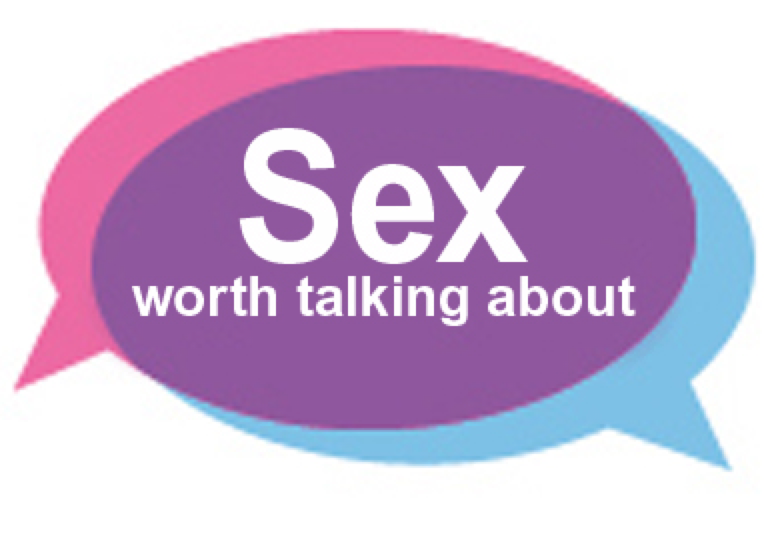 When the show first aired, my roommates and I sat in our living room listening in as Steve and Jules shared stories and played music. I found myself in fits of laughter during the segments and was almost as entertained by our family group text as I was by Our Family Jewels. Through the jokes and lightheartedness, I wanted to be sure to remind him of the importance of safe and consensual sex. The topic of sex is not one we shy away from in my home. From a young age, our parents were very clear about the importance of safety and our intimacy being consensual, a discussion many parents choose to avoid. In spirit of the radio show, MyHealthImpactNetwork offers readers the opportunity to learn more about health in a general sense. The Health Facts section of the site, speaks to the health literacy of our nation. Health literacy is defined by the National Network of Libraries of Medicine as being "the degree to which individuals have the capacity to obtain, process, and understand basic health information and services needed to make appropriate health decisions." Unfortunately, levels of health literacy are low, with only 13% of the population between the ages of 16 and 49 at a proficient level. This interferes with a patient’s ability to make educated decisions on their health and have the necessary conversations regarding their health status with their respective healthcare providers.
When the show first aired, my roommates and I sat in our living room listening in as Steve and Jules shared stories and played music. I found myself in fits of laughter during the segments and was almost as entertained by our family group text as I was by Our Family Jewels. Through the jokes and lightheartedness, I wanted to be sure to remind him of the importance of safe and consensual sex. The topic of sex is not one we shy away from in my home. From a young age, our parents were very clear about the importance of safety and our intimacy being consensual, a discussion many parents choose to avoid. In spirit of the radio show, MyHealthImpactNetwork offers readers the opportunity to learn more about health in a general sense. The Health Facts section of the site, speaks to the health literacy of our nation. Health literacy is defined by the National Network of Libraries of Medicine as being "the degree to which individuals have the capacity to obtain, process, and understand basic health information and services needed to make appropriate health decisions." Unfortunately, levels of health literacy are low, with only 13% of the population between the ages of 16 and 49 at a proficient level. This interferes with a patient’s ability to make educated decisions on their health and have the necessary conversations regarding their health status with their respective healthcare providers.
I am glad that my brother has found an entertaining way to make the discussion of sex and its health implications more comfortable for his peers. It is important that we are able to take responsibility for our own health. This ties into being literate, but also falls in the hands of others to provide the necessary support to those who are not yet comfortable with their knowledge of health. Decisions made regarding one’s health can have lifelong implications, making it imperative that a basic level of health literacy can be met.
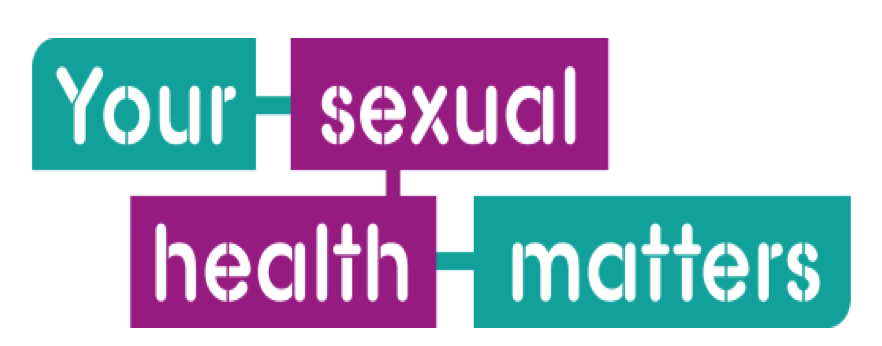
If you would like to look into health literacy or other areas of health, there is the opportunity to do so at https://myhealthimpactnetwork.org/health-facts/cat/health-literacy. The National Network of Libraries of Medicine also offers information on health literacy and can be found at http://nnlm.gov/outreach/consumer/hlthlit.html#definitions. To listen in to Our Family Jewels you can follow the link to Middlebury College Radio, http://wrmc.middlebury.edu/. My brother’s show airs on Sundays from 7pm - 8pm, enjoy!
Figure 1: http://tfosuccess.com/sexual-health/
Figure 2: http://www.kent.gov.uk/social-care-and-health/health/sexual-health
Share

December 03, 2015
The Evolution of Sneaker Design Technology pt1
Over the years I have owned just about every kind of sneaker imaginable. Ranging in price from $35 to over $200, if it was hot and my mom could afford it, they were on my feet. From classic Chuck Taylors to Italian owned Filas and even the GOAT Jordans that still outsell just about every other sneaker on the market today. I’ve been in love with footwear for a very long time. From fancy colorways to exclusive collabs, I never thought about the evolution of sneakers until a few years ago when I developed shin splints during a routine workout. It was at this very time that I thought to myself, what percentage of this pain was caused by the shoes on my feet? As a trained computer scientist, I did what most technologists would do call the family podiatrist open up Google search and fire off a few queries. What I got back was pretty interesting:
- Could Your Shoes Be Giving You Shin Splints?
- Worst Shoes for Your Foot Health
- How Shoes Cause Flat Feet and Overpronation
- How Does Your Arch Height Affect Your Shoe Choice and Injury Risk
Not only did my search expose certain brands but styles of shoes too -- ultra high heels, flip flops, and ballet shoes were all known to cause foot problems. I was pretty alarmed at the findings and wanted to know if anyone was looking into solving these types of foot problems through the next generation of footwear design.
Both Adidas and Nike had already invested a good bit of money into their Research and Development division to solve unique problems. Adidas was working on FutureCraft 3D (via YouTube), a unique 3D-printed running shoe midsole which can be tailored to the cushioning needs of an individual’s foot. While Nike took on accessibility by literally reinventing the zipper on performance sneakers. They developed Flyease technology, a system that solves a problem for amputees, stroke victims, and people with cerebral palsy. By using a subtle zipper that snakes around the heel, they were able to let you peel open and close your shoe with one hand.

Neither of these two technologies are widespread yet but I am excited to the see impact foot health has on shoe manufacturers moving forward. With 3D printing, more durable and breathable materials and a conscious customer, someday we’ll live in a world where foot problems are alleviated not created by the shoes we throw on in the morning.
Tweet @myhealthimpact to let us know what you think and tune in for the latest and greatest in #tech, #STEM, #wearables and #health focused blogs!
Share

July 02, 2015
Reshaping the Health Tech Narrative
My January 9, 2015 blog (see Tech-Social Activism) indicated that tech-social activism was “big” in 2014 with a prediction that 2015 would see even greater issues to explore. Six months into 2015, this prediction has surpassed expectations. Here is what dominated the 2014 social activism tech space:
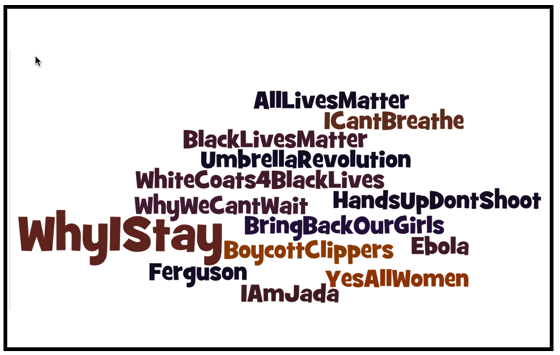
The past few blogs from the myHealthImpactNetwork team has covered these topics and offered interesting perspectives on topics where health meets tech, and this is not absent of the social commentaries that influence daily living. Below is a mash- up of these topics. Check out these blogs on the website. Follow us at @myhealthimpact. Let us hear from you as we work to amply voices and (re)shape the health tech narrative.
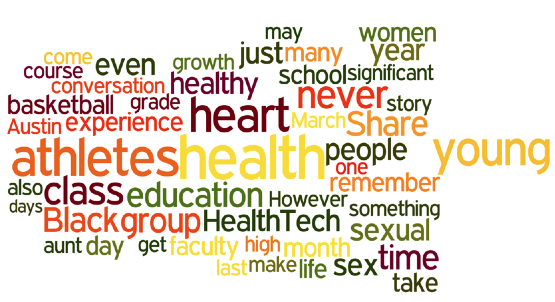
Share

July 20, 2014
Snapchat and Technology Obsession Amoung Youth
When thinking about the word “technology”, I’m pretty sure the younger generation comes to mind. Nowadays, there is an “app”, short for the term application, for everything. In a world filled with iPhones, Androids, and all other types of smartphones, you can almost do anything you want on your mobile device. For some youth, this use of technology has become an obsession. When I begin to conceptualize that one piece of technology has the ability to preoccupy and intrude one’s mind for such a long period of time, it frightens me. I will admit- there are some pros and cons to technology usage in today’s society.
Youth are using technology more to complete homework assignments. A research paper or a group project may require some extensive outside research and the Internet is usually the “go-to” spot. Online encyclopedias and dictionaries come in handy and often times yield quick results. On the other hand, technology can be used for the wrong purposes and can be viewed as a hindrance versus an advantage. Some students are busy moving their fingers to reply to a text message during class rather than being actively engaged in the classroom. Being mindful that an assignment is upcoming, technology gives youth more of a reason to procrastinate. They would rather focus on tweeting, updating their status on Facebook or sending videos to their friends. By the way, this new Snapchat application is something serious.

For those who may not know, Snapchat is an application that allows you to send short video clips and/or pictures to contacts in your phone. The interesting concept is that you only have a certain amount of time to view the “snap”. The viewer has no more than ten seconds to view the picture or video that has been sent to them. Actually, that time can be shortened at the discretion of the sender. Snapchat also includes a component called “My Story”. At any time, you have the ability to allow other viewers into your world by posting pictures or videos to your story. Keep in mind; this information is made visible to those who are your friends on Snapchat. Users have the ability to keep adding to their story at any time they want. This means their own personal story can potentially be up to two minutes long, all composed of one to ten seconds pictures or video clips. Within twenty-four hours, the entire story disappears.
From my understanding, users enjoy the spontaneity of Snapchat. It allows them to capture a particular moment in time and send it to whoever is on their friends list. After the allotted time of one to ten seconds, the viewer is no longer able to open up that particular “snap” again. This keeps for constant communication between the two parties involved. Okay I will admit it- yes I do have a Snapchat. Am I obsessed with it? No. But, I do believe that the youth in this upcoming generation ARE becoming obsessed with it. You can always tell when someone is adjusting their phone, trying to get that perfect shot using their front camera on their iPhone. More than likely, this is because they are on Snapchat.
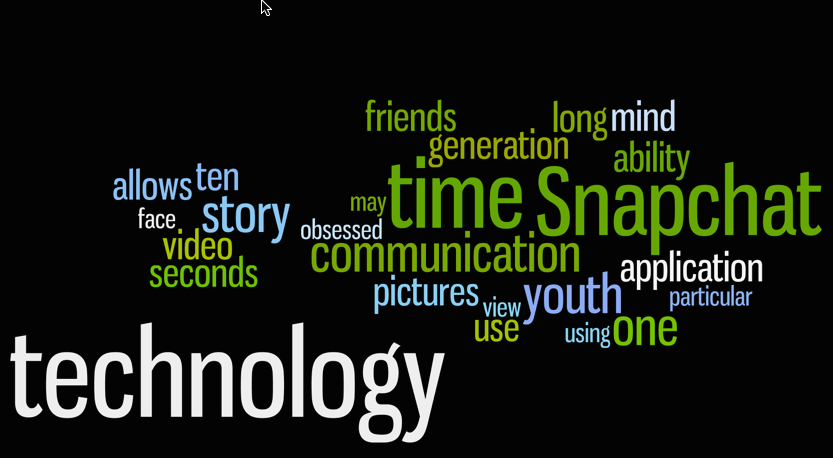
Share
In Partnership with: Poole College of Management, College of Humanities and Social Sciences, National Science Foundation, Penn State
Take Action, Get Tested: Find Your Local Testing Center Why Get Tested?


